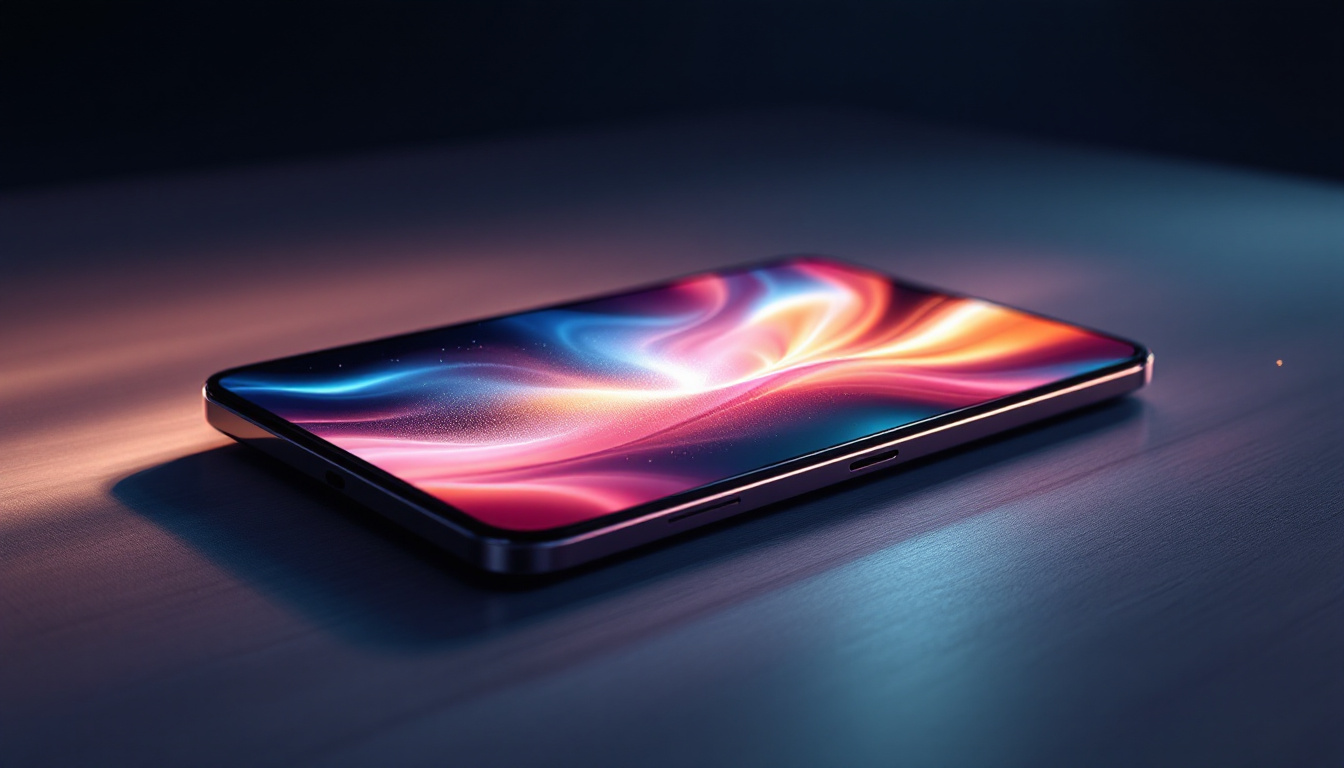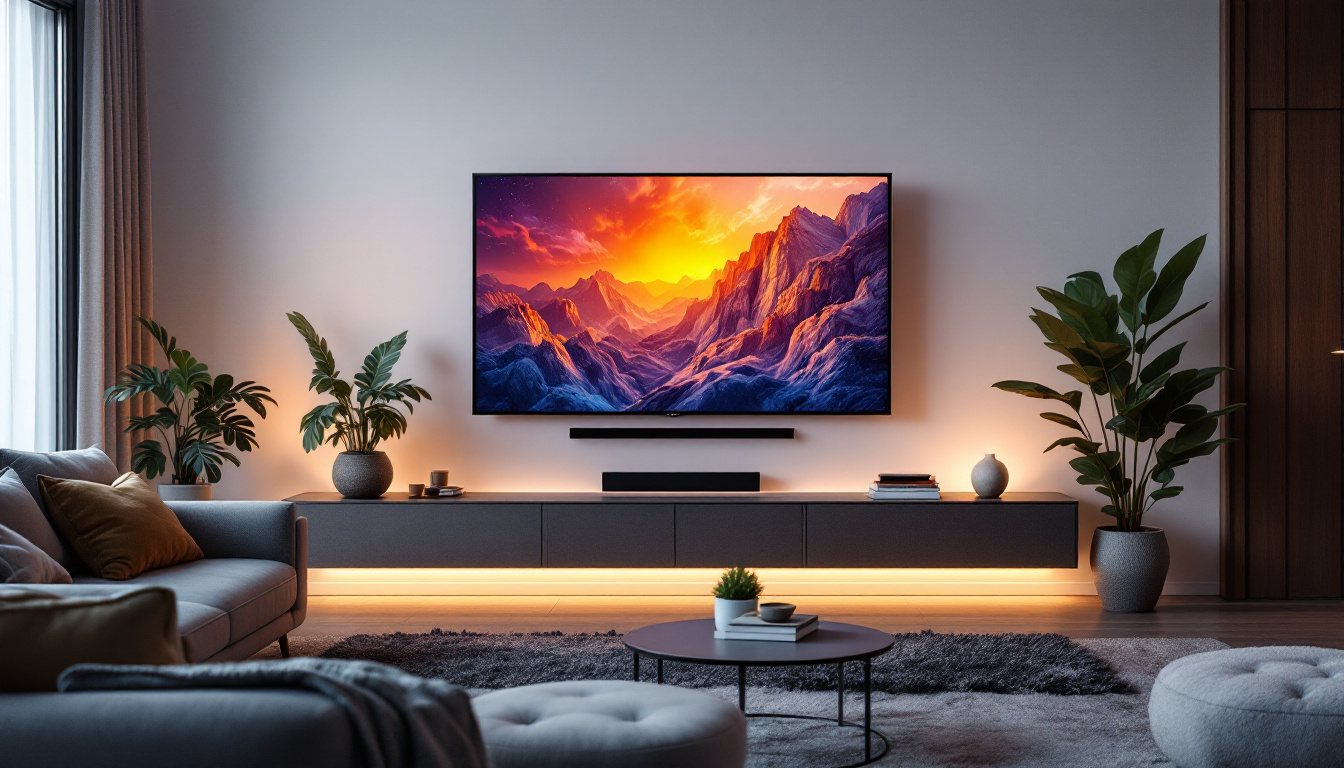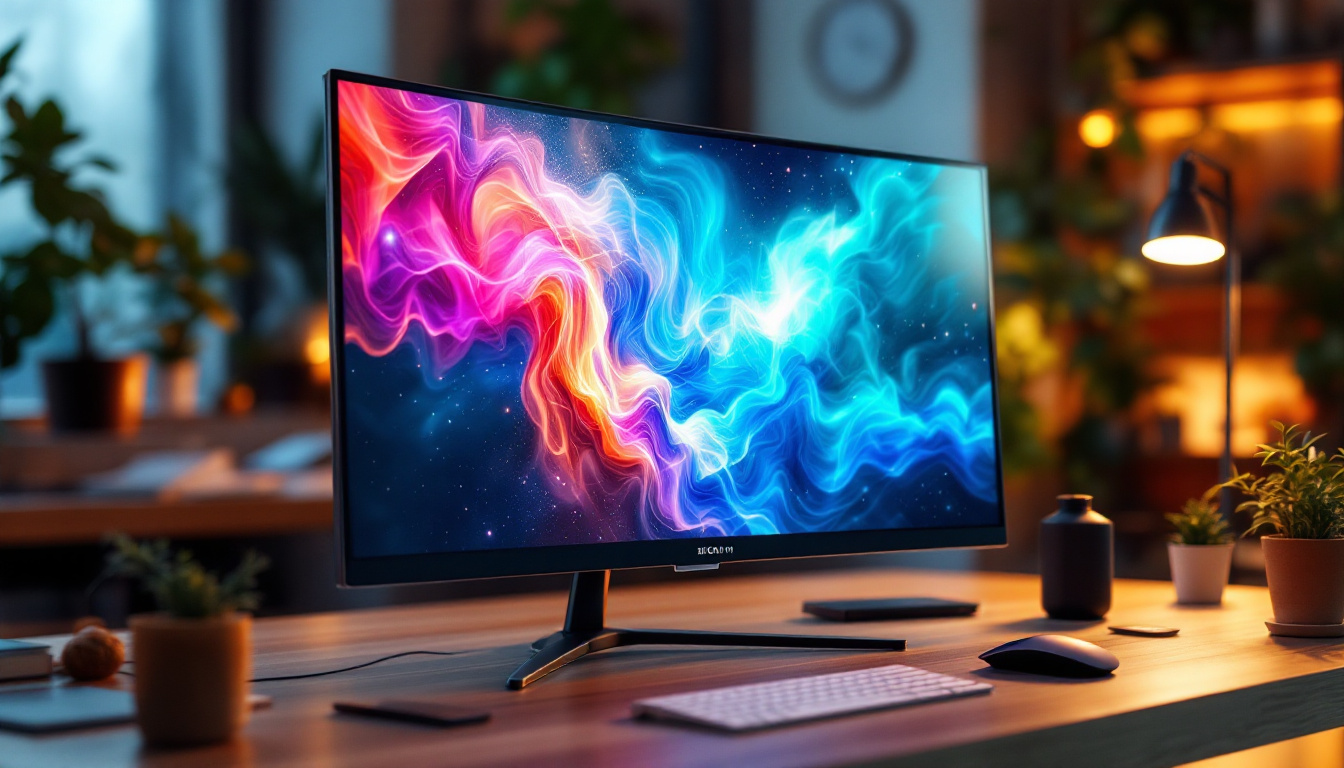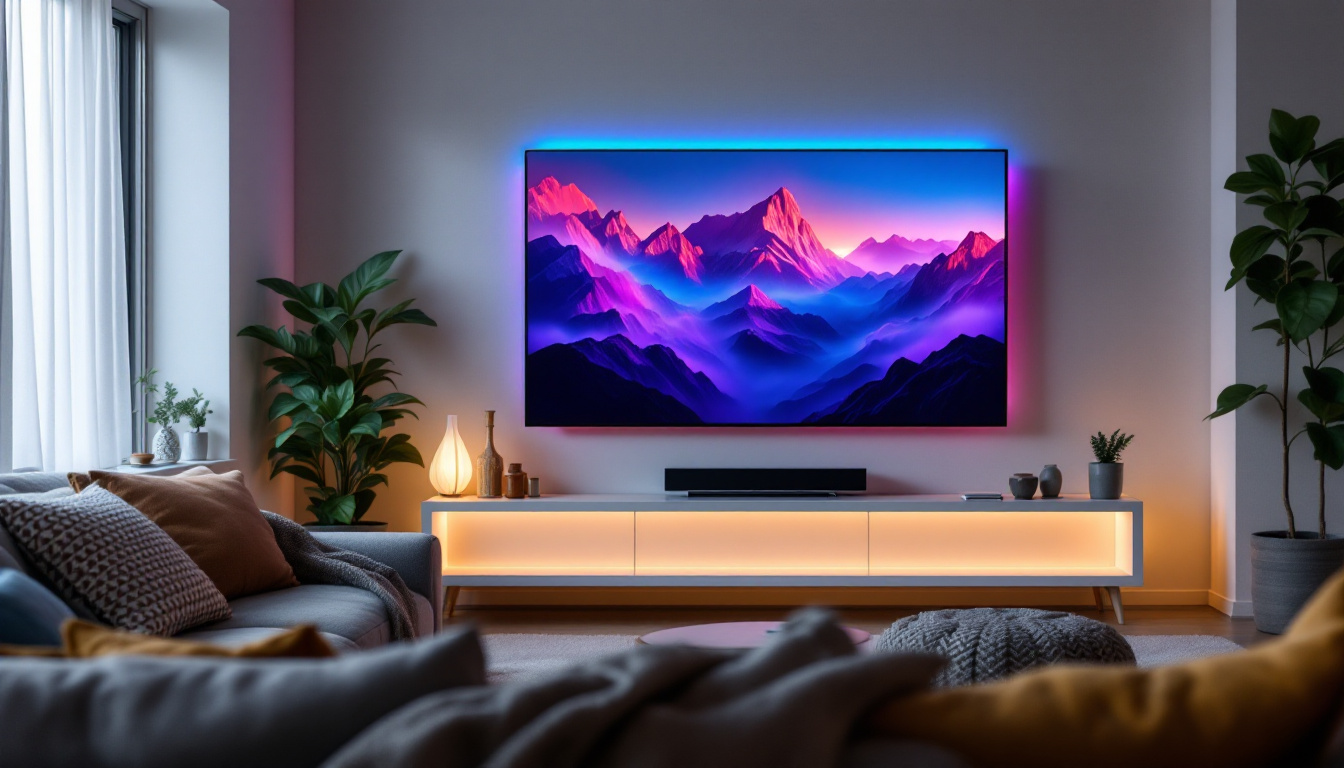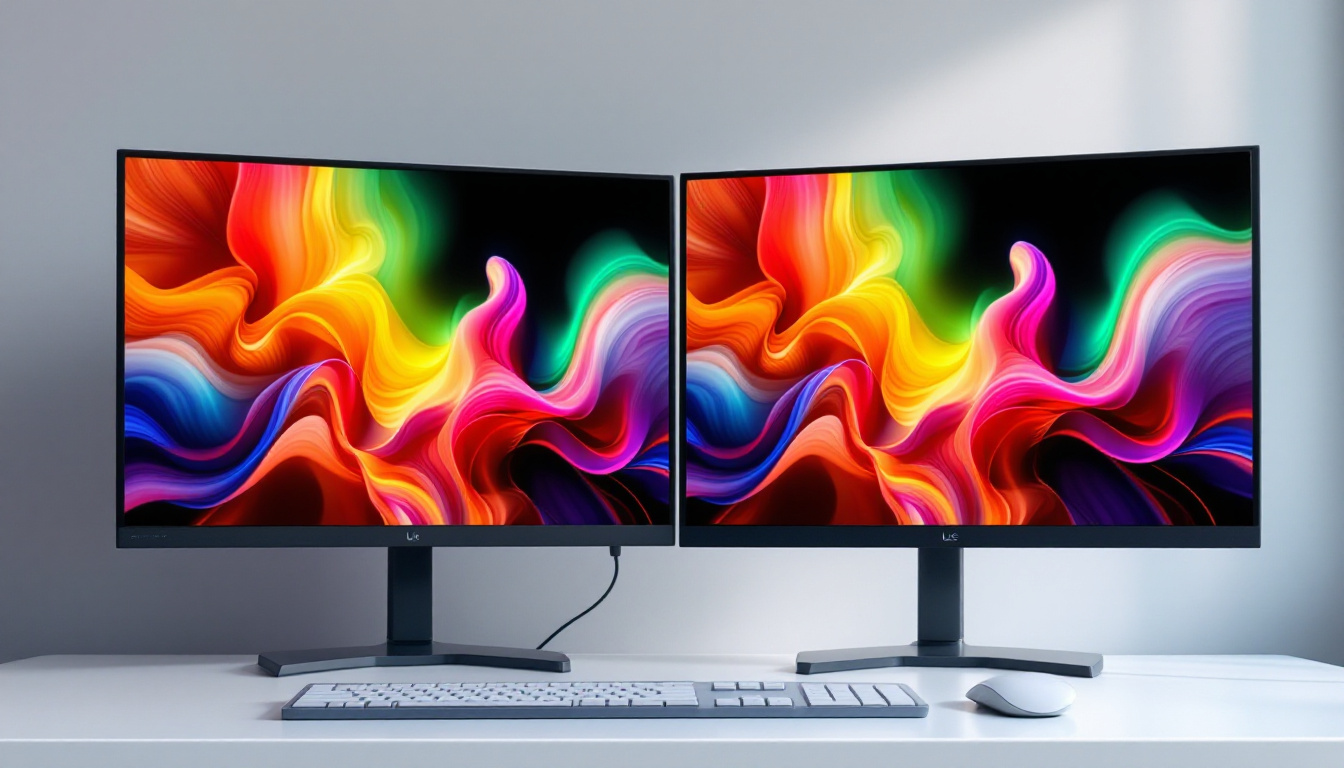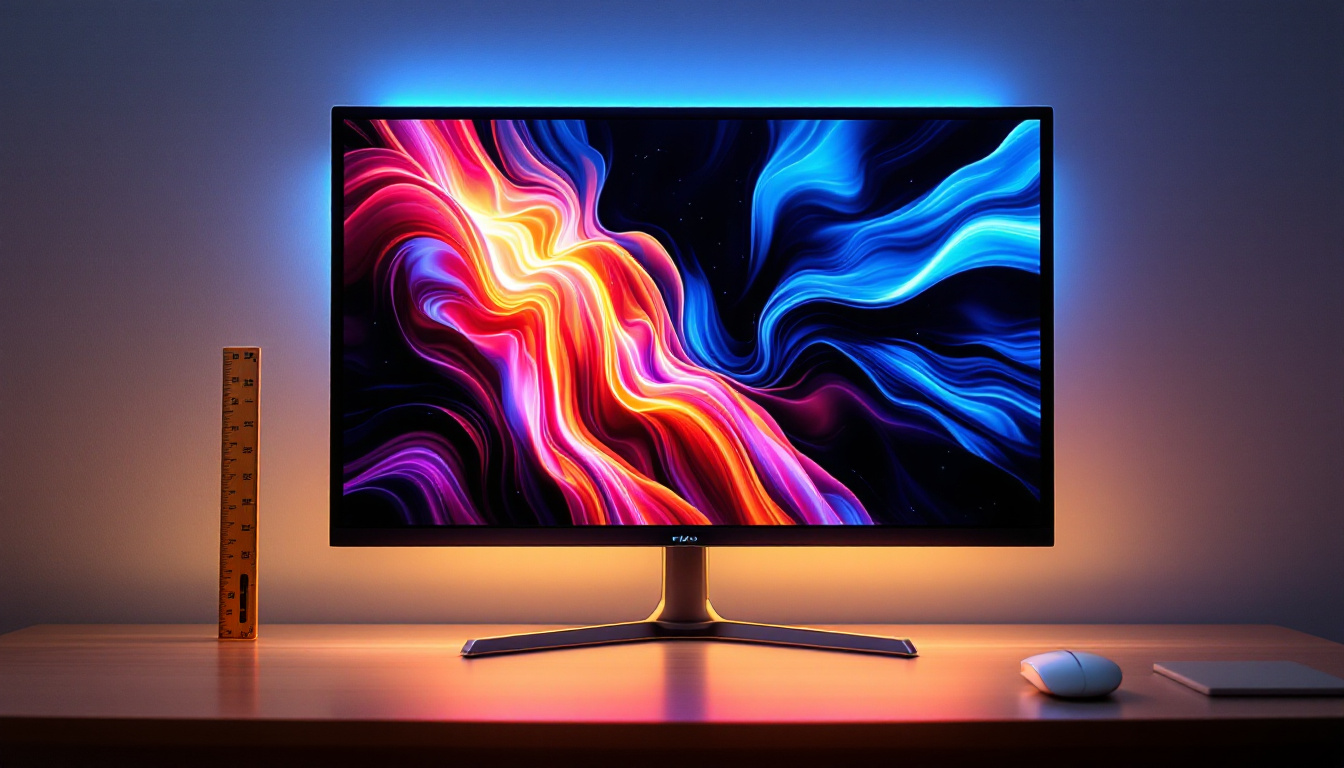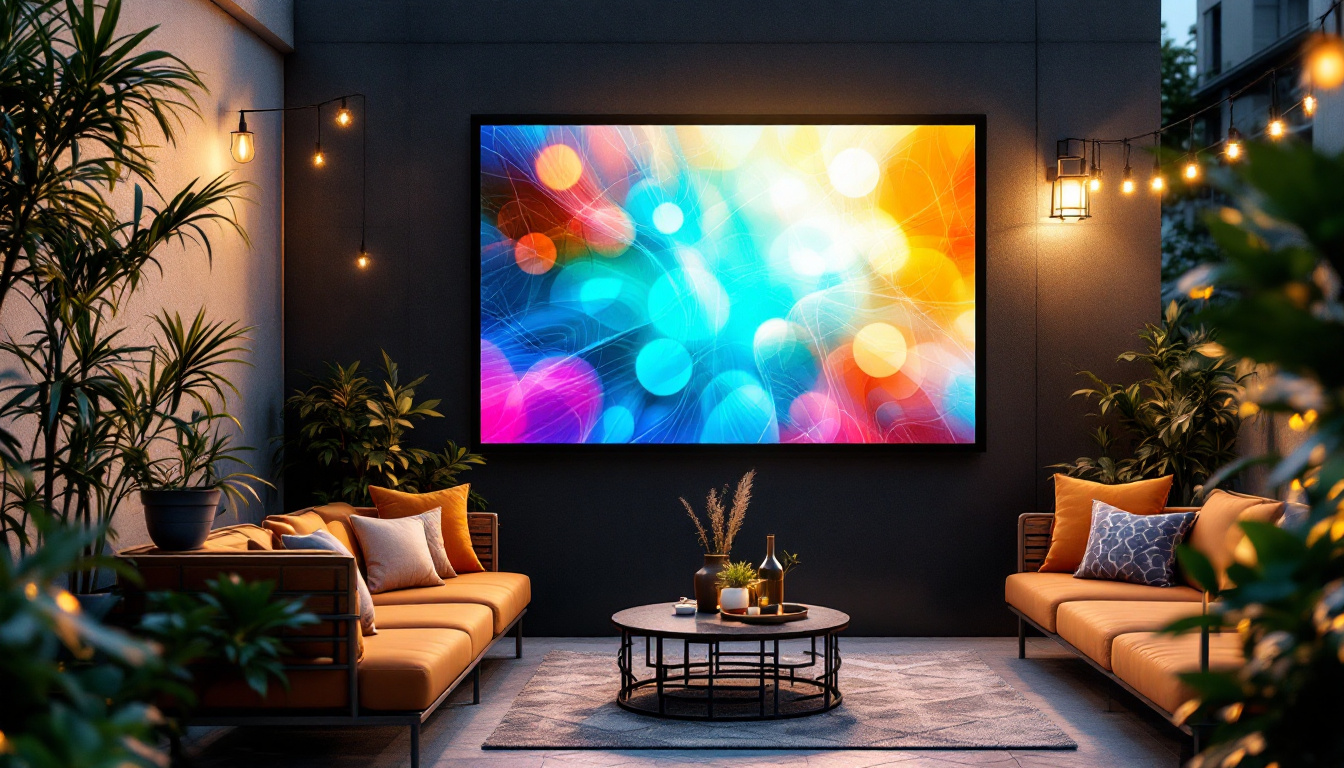In the ever-evolving world of technology, the display is one of the most crucial components of any device. As consumer demands for sleek and immersive experiences grow, manufacturers have turned to bezel-less displays, particularly LED technology, to enhance visual appeal and functionality. This article delves into the intricacies of bezel-less displays, exploring their design, advantages, and the technology that powers them.
Understanding Bezel and Its Evolution
The term “bezel” refers to the frame or border surrounding a display screen. Traditionally, bezels served a functional purpose, protecting the screen and housing essential components like sensors and cameras. However, as technology has advanced, the aesthetic value of a display has become increasingly important.
The Shift Towards Minimalism
In recent years, manufacturers have embraced a minimalist design philosophy, leading to the development of bezel-less displays. This shift is not merely about aesthetics; it also enhances the viewing experience by providing a larger screen area without increasing the overall size of the device. The reduction or elimination of bezels allows for a more immersive experience, particularly in televisions, smartphones, and monitors. As a result, users can enjoy a more expansive visual field, making activities such as gaming and movie-watching more engaging.
Historical Context
The journey towards bezel-less displays began with the introduction of flat-screen technology. Early LCD and LED screens featured significant bezels, which were necessary to accommodate the technology of the time. However, as advancements in display technology emerged, manufacturers started to experiment with thinner bezels. The introduction of OLED (Organic Light Emitting Diode) technology further accelerated this trend, allowing for displays that could be incredibly thin and flexible. This flexibility not only contributed to sleeker designs but also opened up new possibilities for innovative product forms, such as curved screens and foldable devices.
Moreover, the evolution of bezels has been influenced by consumer preferences and market competition. As brands strive to differentiate their products, the aesthetic appeal of a device has become a critical selling point. Companies like Apple, Samsung, and LG have led the charge in pushing the boundaries of display design, often showcasing their latest innovations at major tech expos. The competition has sparked a race to create the most visually stunning devices, prompting further research into materials and manufacturing techniques that can support ultra-thin bezels while maintaining durability and functionality.
Additionally, the integration of advanced technologies, such as in-display fingerprint sensors and under-display cameras, has played a significant role in the bezel’s evolution. These innovations allow manufacturers to eliminate the need for physical buttons and camera cutouts, further streamlining the design. As a result, the modern device not only looks sleek but also offers a seamless user experience, where the boundaries between the device and the content blur, inviting users to immerse themselves fully in their digital environments.
The Technology Behind Bezel-Less Displays
Bezel-less displays utilize various technologies, with LED being one of the most prominent. Understanding how LED displays work is essential to appreciating the benefits of a bezel-less design.
What is LED Display Technology?
LED displays are a type of flat panel display that uses light-emitting diodes to produce images. Unlike traditional LCDs that rely on a backlight, LED displays can achieve higher brightness levels and better color accuracy. This technology has made it possible to create screens that are not only thinner but also more energy-efficient. The advancements in LED technology have also contributed to the development of more immersive viewing experiences, as the improved contrast ratios and color reproduction allow for a more lifelike representation of images and videos.
Types of LED Displays
There are several types of LED displays, including:
- Edge-Lit LED: In this configuration, LEDs are placed along the edges of the screen, with light directed towards the center. This design allows for thinner displays but may result in uneven brightness.
- Direct-Lit LED: This type features LEDs placed directly behind the screen, providing more uniform brightness and better contrast ratios. However, it typically results in a thicker display.
- OLED: As mentioned earlier, OLED technology allows each pixel to emit its own light, eliminating the need for a backlight. This results in deeper blacks and more vibrant colors, making it a popular choice for high-end devices.
Another emerging technology is MicroLED, which combines the benefits of OLED and traditional LED displays. MicroLED consists of tiny, self-emitting pixels that can create stunning visuals with exceptional brightness and color accuracy. This technology not only allows for bezel-less designs but also offers improved durability and energy efficiency compared to OLED displays. As manufacturers continue to innovate, we may soon see MicroLED displays becoming more mainstream, further pushing the boundaries of screen design.
Furthermore, the integration of bezel-less displays into various devices has transformed user experiences across the board. From smartphones to televisions, the reduction of bezels maximizes screen real estate, allowing for larger displays in smaller form factors. This trend has also influenced gaming and virtual reality, where immersive experiences are enhanced by expansive, edge-to-edge visuals. As technology progresses, the demand for bezel-less designs is likely to grow, leading to even more innovative applications and uses in everyday life.
Advantages of Bezel-Less Displays
The move towards bezel-less displays is driven by numerous advantages that enhance user experience and device aesthetics.
Enhanced Immersion
One of the most significant benefits of a bezel-less display is the enhanced immersion it offers. By minimizing the visible frame, users can enjoy a more expansive viewing area, making it ideal for gaming, watching movies, or engaging in virtual reality experiences. The absence of a distracting bezel allows the content to take center stage.
Improved Aesthetics
Bezel-less displays contribute to a modern, sleek look that appeals to consumers. Devices with minimal bezels often appear more sophisticated and cutting-edge, which can be a significant selling point in a competitive market. This aesthetic appeal is particularly important in high-end televisions and smartphones, where design is a key factor in consumer choice.
Space Efficiency
In addition to aesthetic benefits, bezel-less displays are space-efficient. By reducing the size of the bezel, manufacturers can create devices that are more compact without sacrificing screen size. This is particularly advantageous for portable devices like laptops and smartphones, where every millimeter counts. Users can enjoy larger screens in smaller form factors, enhancing portability and convenience.
Challenges and Considerations
While bezel-less displays offer numerous advantages, they are not without their challenges. Understanding these limitations is essential for consumers and manufacturers alike.
Durability Concerns
One of the primary challenges of bezel-less displays is durability. The absence of a protective frame can make screens more susceptible to damage from drops or impacts. Manufacturers must invest in robust materials and protective technologies to ensure that these devices can withstand everyday use.
Cost Implications
Bezel-less displays often come with a higher price tag. The advanced technology and materials required to produce these screens can increase manufacturing costs, which may be passed on to consumers. As a result, budget-conscious consumers may find it challenging to invest in devices featuring this cutting-edge technology.
Potential for Glare and Reflection
Another consideration is the potential for glare and reflection on bezel-less displays. Without a bezel to absorb light, the screen may be more prone to reflections, which can hinder visibility in bright environments. Manufacturers are continually working to improve anti-glare technologies to mitigate this issue, but it remains a factor to consider when choosing a device.
Applications of Bezel-Less Displays
Bezel-less displays have found applications across various industries, each benefiting from the unique advantages these screens offer.
Consumer Electronics
In the realm of consumer electronics, bezel-less displays have become a standard feature in smartphones and televisions. High-end smartphones often showcase edge-to-edge screens, allowing for a more immersive experience when browsing, gaming, or watching videos. Similarly, televisions with minimal bezels provide a more cinematic experience, drawing viewers into the content.
Commercial Use
Bezel-less displays are also making waves in commercial applications. Digital signage, for instance, benefits from the sleek design and larger screen area, allowing businesses to showcase advertisements and information more effectively. Retail environments, airports, and public spaces are increasingly adopting bezel-less technology to enhance customer engagement.
Gaming and Entertainment
Gaming monitors with bezel-less designs are particularly popular among enthusiasts. The immersive experience provided by these displays can enhance gameplay, allowing gamers to focus on the action without distractions. Additionally, bezel-less designs are often paired with high refresh rates and advanced color technologies, further elevating the gaming experience.
The Future of Bezel-Less Displays
As technology continues to advance, the future of bezel-less displays looks promising. Innovations in materials, manufacturing processes, and display technologies are likely to push the boundaries of what is possible.
Advancements in Display Technology
Future developments may include even thinner and more flexible displays, enabling manufacturers to create devices that are not only bezel-less but also foldable or rollable. This could revolutionize the way consumers interact with their devices, offering unprecedented versatility and portability.
Integration with Emerging Technologies
Bezel-less displays are also poised to integrate with emerging technologies such as augmented reality (AR) and virtual reality (VR). As these technologies become more mainstream, the demand for immersive displays will grow, prompting manufacturers to innovate further in bezel-less designs.
Environmental Considerations
As sustainability becomes a more pressing global concern, manufacturers will likely focus on creating bezel-less displays that are not only aesthetically pleasing but also environmentally friendly. This could involve using recyclable materials and energy-efficient manufacturing processes, aligning with consumer demands for sustainable technology.
Conclusion
Bezel-less displays represent a significant evolution in display technology, offering enhanced immersion, improved aesthetics, and space efficiency. While challenges such as durability and cost remain, the benefits of these displays have made them a popular choice in consumer electronics, commercial applications, and gaming. As technology continues to advance, the future of bezel-less displays looks bright, promising even more innovative designs and applications.
In a world where visual experiences are paramount, bezel-less displays are not just a trend; they are a testament to the relentless pursuit of innovation in technology. As consumers continue to seek out devices that offer both functionality and style, the bezel-less display is likely to remain at the forefront of this evolution.
Discover the Future of Visual Experience with LumenMatrix
Embrace the cutting-edge of bezel-less display technology with LumenMatrix, a leader in crafting immersive LED display modules that transform visual communication. Whether you’re looking to elevate your brand’s visibility or captivate your audience with mesmerizing visuals, LumenMatrix offers a comprehensive range of solutions, including Indoor and Outdoor LED Wall Displays, Vehicle LED Displays, and more. Experience the pinnacle of innovation and design by exploring our suite of LED display solutions. Check out LumenMatrix LED Display Solutions today and step into the future of engaging, impactful visual storytelling.

